Vertical farms are taking the world by storm. First in Singapore and Tokyo, now in Sydney’s Patrick Blanc-designed bio walls and Milan’s “vertical forest,” and sooner or later right here in the good old US of A. And they look a little like this. Why, you ask? Read on.
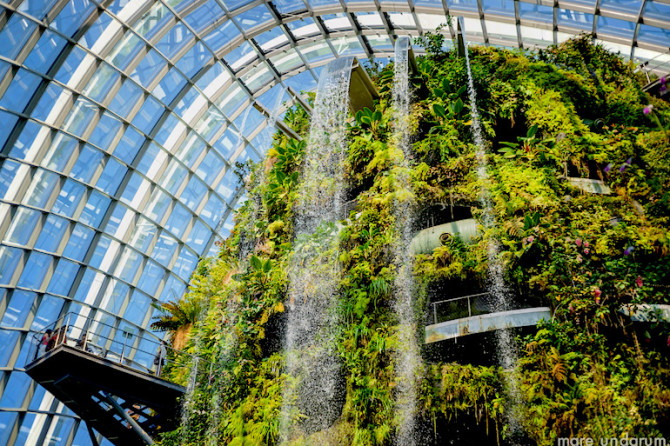
Photo courtesy of Tumblr.com
Why now?
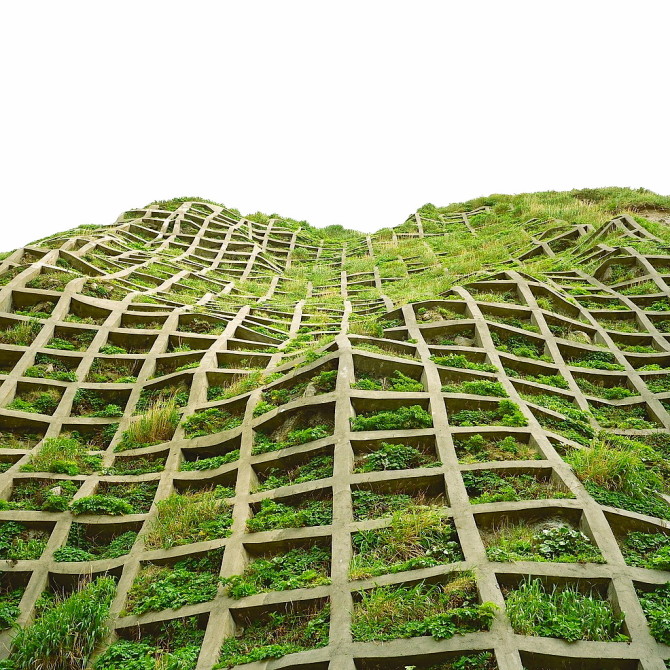
Photo courtesy of Tumblr.com
In the future (year 2050) world of Google glasses, hover boards (just kidding, we wish), and probably brain-implanted Apple technology, the majority of earth’s population will live in cities and increase by approximately 3 million. Meaning we are going to need a lot more froyo and In-N-Out (or throwing you East Coasters a bone: Shake Shack).
However the history of agriculture has been less than perfect, surprise surprise humans are at it again. According to the Columbia University prof and vertical farming authority Dickson Despommier (as seen on TEDx here), agriculture alone requires 70% of usable water, and cities in general (no suprise) disproportionately utilize huge amounts of resources, around half of worldwide consumption.
Overall with today’s, apparently not whooping, 6.8 billion people, our ecological footprint is larger than the size of South America. Unfortunately that’s not all, according to the FAO the number of people living in cities is due to increase to 70% in 2050. Bringing it back home: the US alone contains 174.45 million hectares of the world’s arable land, and along with its mistake riddled history, it boasts poor water management and land waste.
So the potential global solution? A flower-clad super-building also known as vertical farming.
Singapore FTW
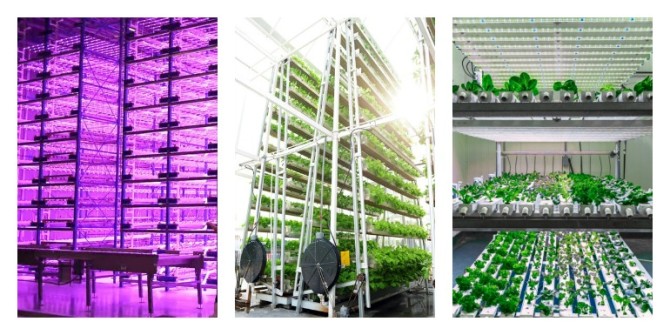
Photos courtesy of Tumblr.com
Singapore has already developed such technology coined “sky greens,” or multi-story, rotating vertical gardens. That’s right, your head isn’t the only thing spinning. In addition, in Singapore’s District 23 – not to be confused with The Hunger Games’ lost territory (although the building vertically thing does have us wondering…) – sits the world’s largest vertical garden called “Tree House,” following farming’s suit.
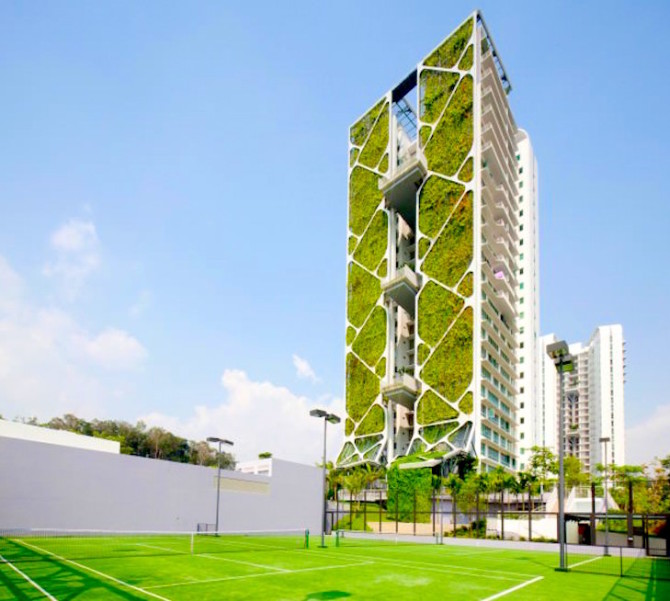
Photo courtesy of Tumblr.com
It’s a 24-story condo building with all the bells and whistles that allow its state of the art sustainable technologies to function. Not only does the greenhouse-like building have motion sensors, heat-reducing windows and light activating motion sensors that would put James Bond to shame, but the gardens are also said to reduce carbon footprint by filtering pollutants and CO2 out of the air.
But wait, there’s more. This green superhero’s exterior could save between 15 and 30 percent of energy by reducing heat absorption. And these 24,638.59 square feet of sexy can be yours for the low low price of… we have no idea, and that might be the problem with the building model.
Urban Farming and Vertical Gardens

Photos by Ilana Herzig
But urban farming movements and urban vertical gardens have also picked up the Jack-and-the-Bean-Stock-esque trend. Especially in smog-filled cities like LA or green-conscious cities like San Fran (where vertical gardens have debuted in art and garden shows). These upwardly mobile plants are taking hold and challenging kale for title of “health-conscious, progressive sweetheart.”
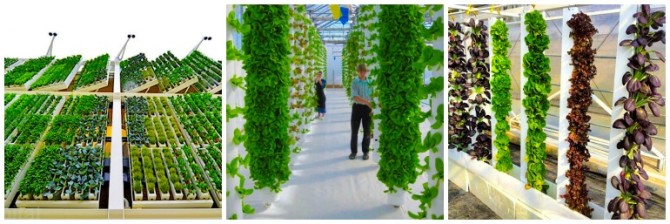
Photos courtesy of Tumblr.com
Worldwide
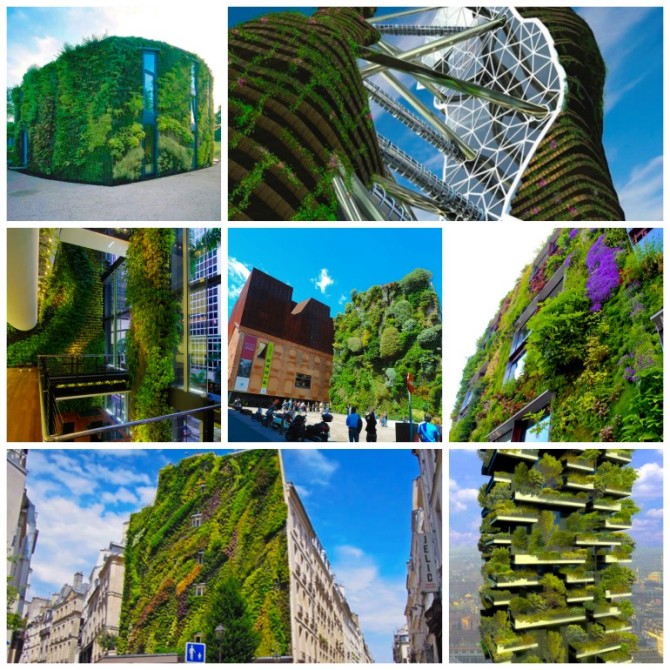
Photos courtesy of Tumblr.com
Obviously Europe, South Korea, China, and Japan are already on it too, exhibiting huge gardens in places such as the UK , Rome, Monaco, and Spain, with many more urban farm plans to come.
Back to the Future?
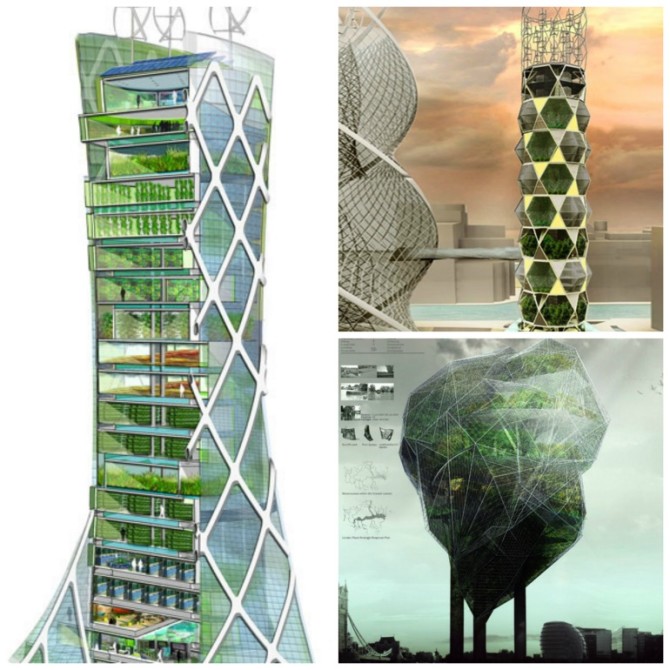
Photos courtesy of Tumblr.com
Dickson Despommier depicts the future of farming as similar to your favorite sci-fi story (without the car… sorry, Doc Brown). You’ll still have your business types in the commissary, except instead of the run of the mill food court employees will pick their food off towering indoor gardens for the chef’s to prepare.
The twist? It’s already happened. Pasona offices in Tokyo displays this futuristic model, and one day we may see these green utopias in the states.
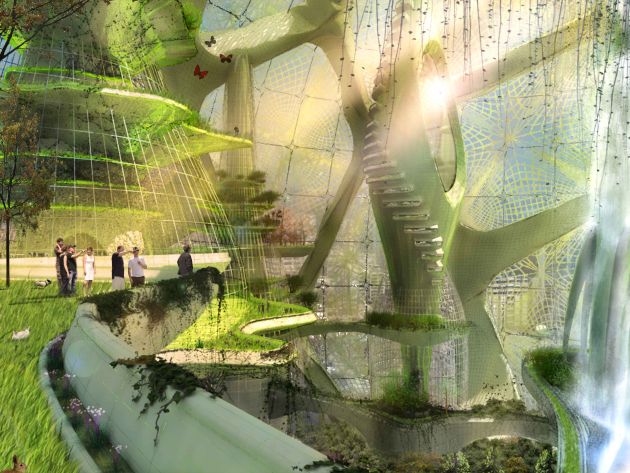
Photo courtesy of Tumblr.com
So, could your trip to Trader Joe’s look like this in 35 years? Maybe. The catch is, as we mentioned, capital. Whether this model will prove cost efficient remains to be seen. So stay posted and remember, my dear Watson, as any good detective should: don’t forget to look up and smell the possibly vertically growing roses.

